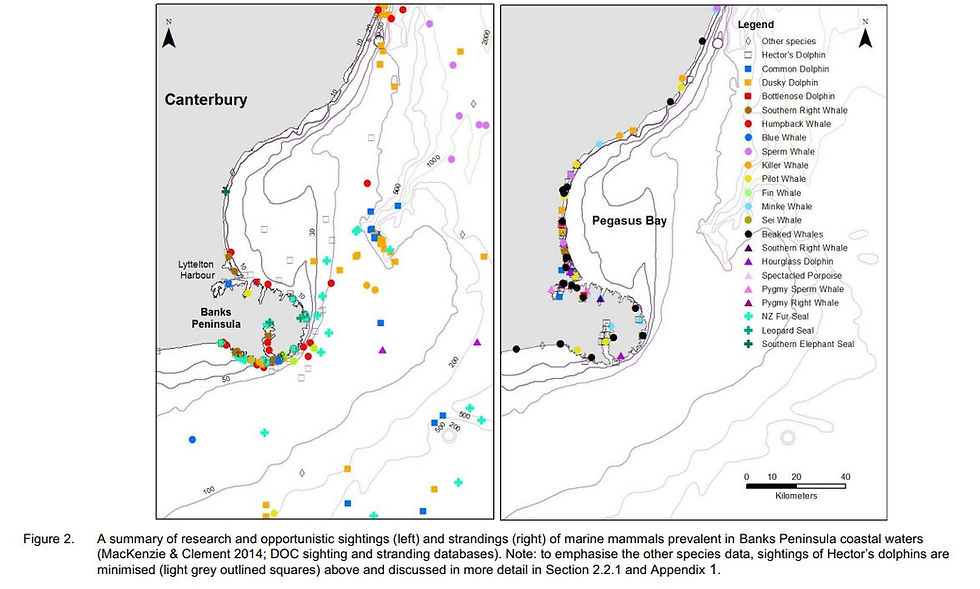Bycatch limits in Hector's dolphin protection plan 'far too high', advocates say
- Jeremiah Smith
- Oct 12, 2022
- 4 min read
Check out this article on plans for protection of our local dolphins. This weekend we have finished some maintenance on Delight and will soon post our Dolphin counting expeditions in the sanctuary.
We found this map showing sightings of marine life and want to add some dots to it :

Here is a map of the sanctuary:




Comentários